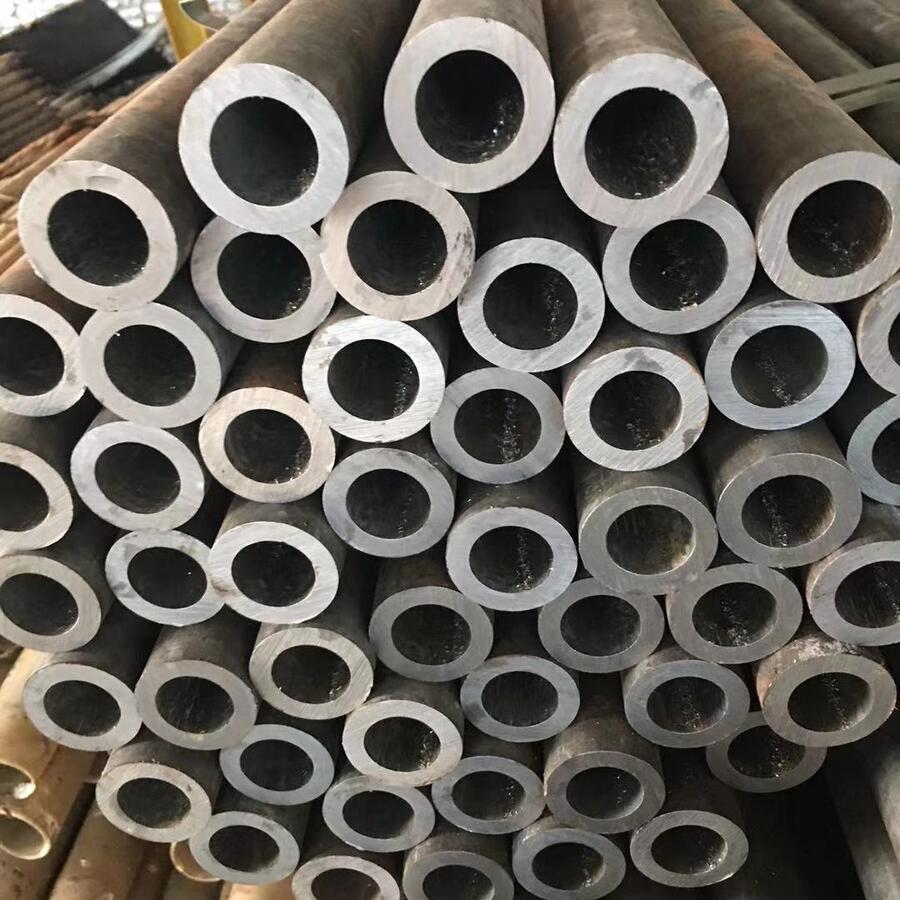Introduction to Steel Production Lines
The steel production line is a crucial component of the manufacturing industry, responsible for converting raw materials into high-quality steel products. This process involves several stages, بما في ذلك ذوبان, صب, المتداول, والتشطيب. Understanding the intricacies of a steel production line is essential for anyone involved in the industry, from engineers to business owners.
Components of a Steel Production Line
A typical steel production line consists of several key components:
- فرن القوس الكهربائي (القوات المسلحة المصرية): Used for melting scrap steel and producing liquid steel.
- ماكينة الصب المستمر: Converts liquid steel into solid slabs or billets.
- مطحنة الدرفلة الساخنة: Processes the solid steel into various shapes and sizes.
- مطحنة التشطيب: Further refines the steel products to meet specific standards.
The Steel Production Process
The steel production process can be broken down into several stages:
- Melting: Scrap steel is melted in the electric arc furnace, reaching temperatures of around 1,600°C.
- صب: The molten steel is poured into molds to form slabs or billets.
- المتداول: The solidified steel is passed through rollers to achieve the desired thickness and shape.
- التشطيب: The final products are treated and inspected to ensure they meet quality standards.
Technical Specifications of Steel Production Lines
Understanding the technical specifications of a steel production line is vital for optimizing performance and efficiency. Below is a detailed table showcasing various parameters associated with steel production lines:
| المعلمة | وصف | القيمة النموذجية |
|---|---|---|
| القدرة الإنتاجية | Amount of steel produced per hour | 100-300 طن/ساعة |
| Melting Temperature | Temperature required to melt steel | 1,600درجة مئوية |
| استهلاك الطاقة | Energy required for the electric arc furnace | 400-600 كيلوواط ساعة/طن |
| Water Consumption | Water used for cooling processes | 1-2 m³/ton |
| Production Line Length | Length of the entire production line | 200-500 متر |
| عدد المدرجات | Number of rolling stands in the mill | 6-12 يقف |
| نطاق السماكة | Thickness of the final steel products | 1-25 مم |
| نطاق العرض | Width of the final steel products | 100-2000 مم |
| طريقة التبريد | Method used for cooling steel products | Water spray or air cooling |
| Quality Control Standards | Standards for inspecting steel quality | ايزو 9001, أستم |
Advantages of Modern Steel Production Lines
Modern steel production lines incorporate advanced technologies that enhance efficiency and reduce environmental impact. Some notable advantages include:
- زيادة الكفاءة: Automation and real-time monitoring systems optimize production processes.
- تقليل النفايات: Advanced recycling techniques minimize scrap and waste materials.
- تحسين الجودة: Continuous quality control ensures that products meet stringent standards.
- Lower Energy Consumption: Innovative technologies reduce the overall energy required for production.
خاتمة
ختاماً, the steel production line is a complex system that plays a vital role in the manufacturing industry. Understanding its components, processes, and technical specifications is essential for optimizing production and ensuring high-quality steel products. مع استمرار التكنولوجيا في التقدم, the efficiency and sustainability of steel production lines will only improve, paving the way for a more environmentally friendly future.
Further Reading
For more information on steel production lines and related equipment, consider visiting هاني التكنولوجيا for hot rolling mills and auxiliary equipment, أو هاني تك للمعادن for melting furnaces and their components.




